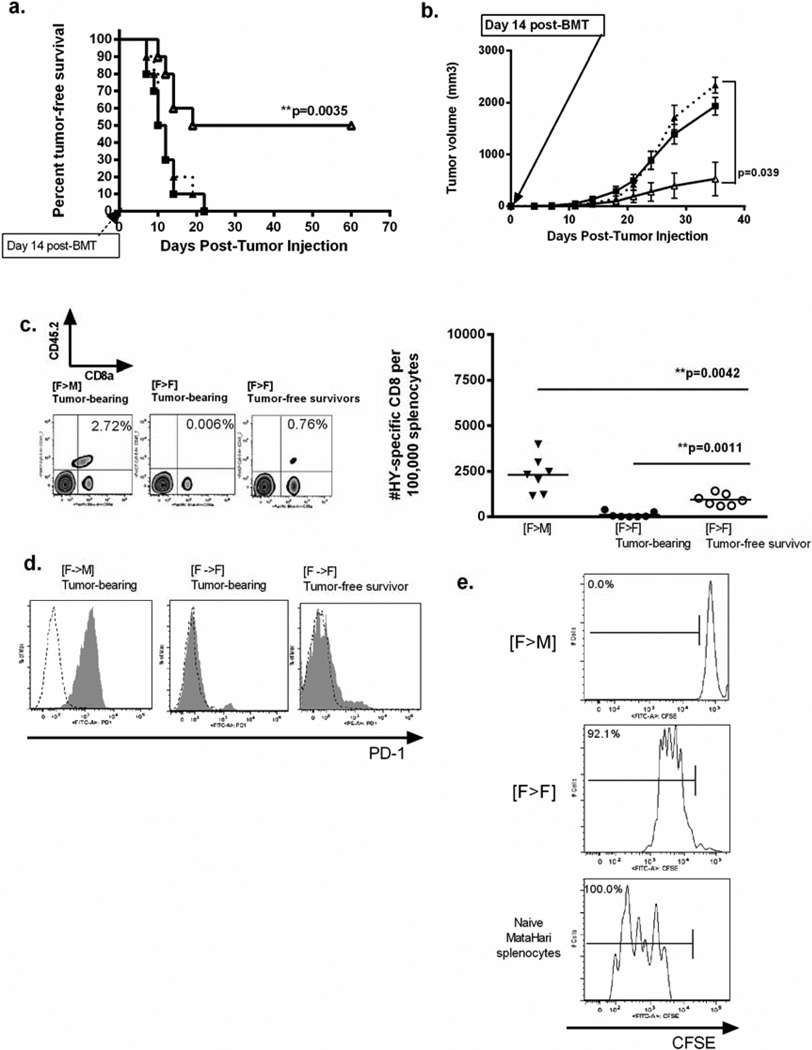Figure 2. Adoptively transferred HY-specific CD8 cannot control MB49 in male recipients.
Experimental [F→M] and control [F→F] B6 mice received T-cell depleted B6 female bone marrow on Day 0, followed by adoptive transfer of HY-CD8 on Day +7. They were then challenged with 1×105 MB49, an HY-expressing epithelial tumor, subcutaneously on Day +14. Tumor-free survival was followed daily (A), and tumor volumes measured in 2 dimensions twice weekly (B). [F→M] recipients (closed square, solid line) had poor tumor control, similar to [F→F] controls that did not receive HY-CD8 (dotted line, closed triangle). [F→F] recipients of HY-CD8 preserved immune responses. Enumeration of adoptively transferred HY-CD8 in spleen as live, CD8a+CD45.2+ cells 14 days after adoptive transfer showed significant accumulation of HY-CD8 in [F→M] despite poor tumor control, compared to [F→F] tumor bearing (closed circle) or tumor-free recipients. (D) Expression of PD-1 (gray shaded) compared to IgG2k isotype controls (black dotted) was measured on live, CD8+CD45.2+ HY-specific CD8 on Day +14 post BMT (at the time of MB49 injection) by flow cytometry. Expansion data and PD-1 histograms are representative of at least 4 independent experiments with 6–10 mice/group. (E) Live, CD8+CD45.2+ cells were collected by flow sorting on Day +14 post-BMT and restimulated in vitro with the Class I immunodominant HY peptide (UTY). Proliferation was measured by CFSE dilution at 72 hours. Naïve female MataHari (HY-specific) splenocytes served as controls.

